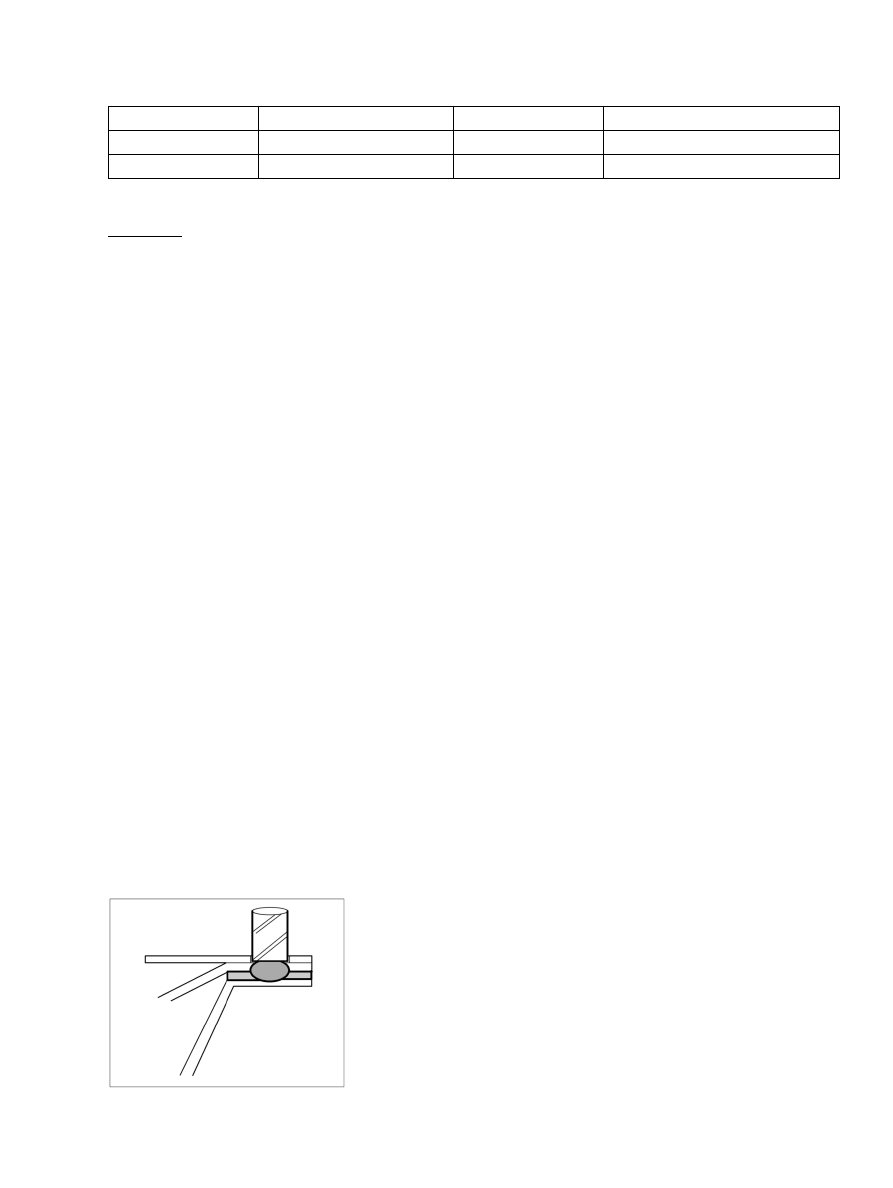Content .. 1209 1210 1211 1212 ..
Porshe 911 (997). Manual - part 1211

Item
Designation
Item
Designation
-B1-
Piston rod
-C1-
Double cartridge
-B2-
Gun grip
-C2-
Processing nozzle
Information on the use of structural adhesives in vehicle
construction
General
Structural bonding in the body shell means that the adhesive assumes functions of stiffness, crash strength and
endurance strength, whereby the characteristics of the body shell are positively influenced in a significant
way. In a conventional steel body shell, use is made of a high-strength, heat-hardening single-component
epoxy resin adhesive that fully hardens in the cathodic immersion paint drying oven. In the case of a repair,
this adhesive is replaced by a cold-hardening two-component epoxy resin adhesive, since the hardening
temperatures necessary for the single-component epoxy resin adhesive are not conceivable on an assembled
vehicle. For both series production of bodies-in-white and repair, structural bonded joints are regularly used in
combined jointing processes.
Resistance spot-welding combined with adhesive bonding and mechanical jointing processes
In the case of spot weld bonding for repair and series production, the entire extent of adhesive surfaces and
spot welds is replaced. In this case, before actually spot weld bonding, the unhardened adhesive must be
displaced from the joint area by an appropriate squeeze time. In the case of two-component adhesives, the
hardening reaction starts immediately after mixing and application; this increases the viscosity and so there is
only a certain time window in which spot weld bonding can be performed if the process is to be reliable. For
this reason, all time-intensive preliminary work (drilling, cutting to size, fixing etc.) on the parts to be joined
must be performed before application of adhesive and jointing. This also applies to mechanical jointing
processes where the adhesive has to be displaced from the joint area.
Separating body components
Diagnostic system: reading out fault memory and activating systems
Processing structural body adhesive
5001